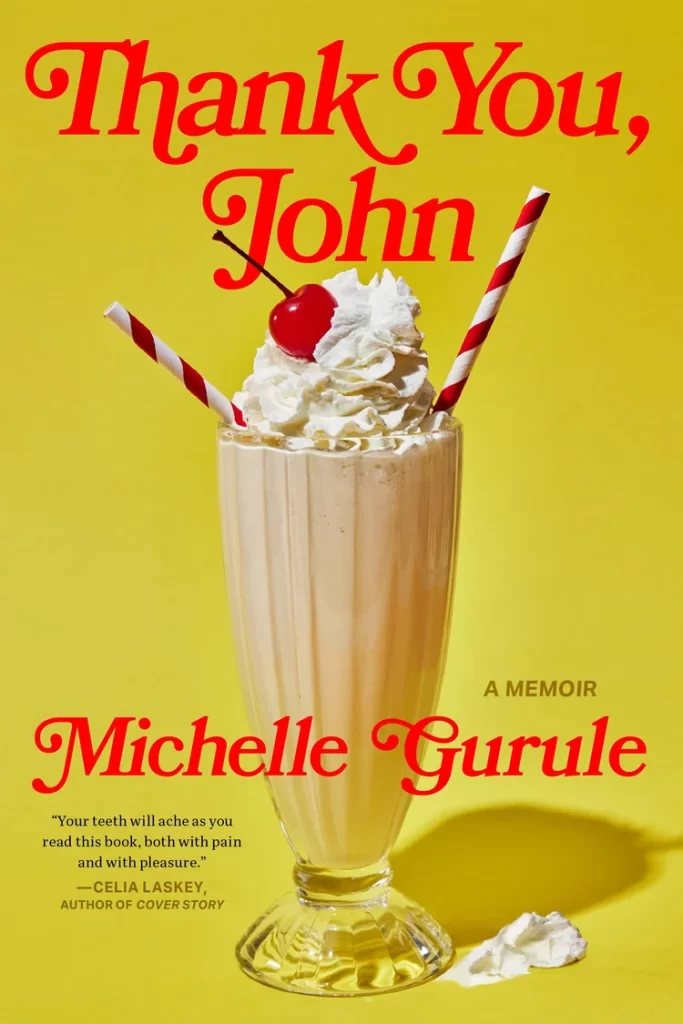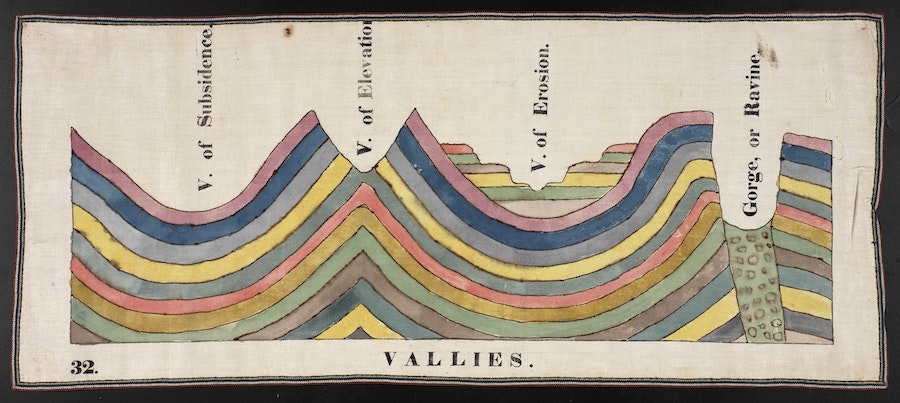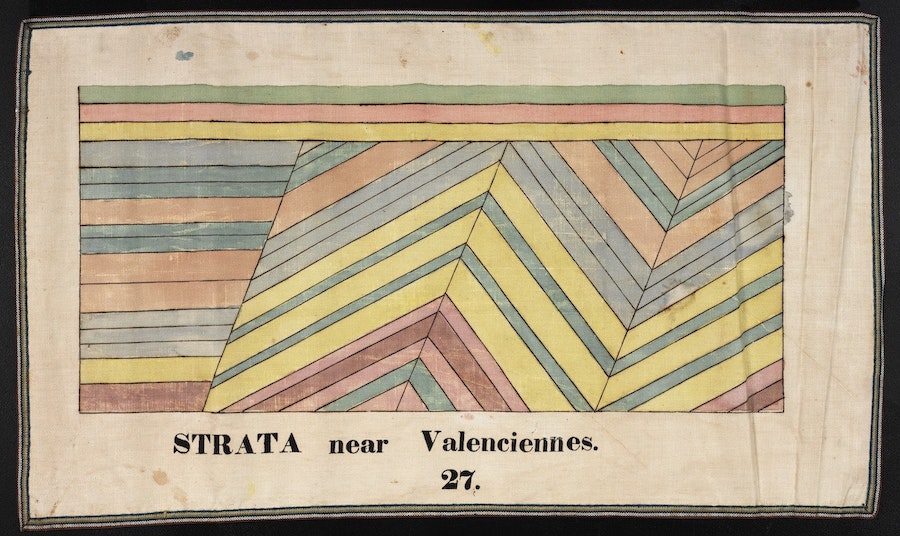When I started this blog initially, I wanted to have words with people who claimed poets dressed better than fiction writers, only because I felt shaded by it. Some astrologically inclined people might say it is because I’m a Scorpio, and Scorpios are vindictive. But the more I scoured the internet for connections between fashion and literature, the more I got to thinking about my personal wardrobe, my favorite characters in books, and writing.
My foray into clothes came out of the pandemic. My friends along with my partner and I found our way into PAQ’s videos, which consist of British youth engaging in fashion challenges that range from creating their own sneaker to making outfits out of estate sale pick-ups. My partner and I had just moved to a new state when we decided to participate in our own challenges each month, competing against each other to see who made the best outfit based on a theme the previous winner picked. Most of these challenges have been judged by friends of friends or family members. These challenges allow us to occupy digital space with folks we otherwise wouldn’t meet or would have to wait to meet. Our communities are accelerated into interaction with one another in genuine and authentic ways. It’s surprising how we’ve kept going, and how our ideas about fashion continue to evolve as a result of these challenges. Even more surprising is how much of our individual personality and growth can be seen through each challenge.
I’ve only won once, and to be honest, I didn’t even dress myself for the challenge; I dressed my 22-year-old nephew, Alex. But that experience alone has been a catalyst for thinking (not enough doing, obviously) about my own personal style—in dress and in writing. The challenge was simple: style someone else. And as soon as I reached out to Alex, I noticed how much communication happened outside of language. My direction for his outfit came through images, no-context pictures of clothing or hypothetical occasions that are unimaginable because of COVID. I’d say, “Pretend you’re going to a show, but you’re chilling backstage with your significant other, secretly hoping that your friend, who is performing, invites you on stage. What would you wear to communicate, ‘I’m ready for whatever and I’ll look good doing it?’”
He’d laugh or chuckle over the phone, then go through his wardrobe and list every single item he had in his closet, the color, and the last time he wore it. It was almost too easy, and we were both hyped about winning. Over the winter break, I went to Chicago and we talked about the challenge while we made music together. We used his sister’s apartment as our studio; I’d fake smoke an unlit cigarette and then mouth the sounds that we’d need to make songs whole, again, some astrologically inclined people might say, because I am a Scorpio. I tried and maybe failed to create a vibe similar to when we would go to real studios—back when I lived in Chicago—and wear our best clothes in case we met fellow aspiring artists or artists mid-ascent, because you never know who you could bump into. Instead, he’d stare at me, shake his head, and proceed to find whatever sounds I made on the keyboard. I imagine that music, like style, is an opportunity to communicate who you are and where you are going.
The novels that leave the largest imprints on me are the ones that treat a character not just as some psyche to be rendered but as a whole person, made visible. I imagine my favorite characters are like Florentino Ariza—in a three-piece with slick black hair so rigid it makes him seem like he could snap at any moment. I often think of Sula dressed in fancy clothes during her visit with Nel, a symbol of worldliness or liveliness that Nel herself says makes Sula look like a movie star. During my research I stumbled across a Paris Review blog that discusses the way clothes function in Sula, how Toni Morrison’s apt descriptions are so vivid they seem to inhabit physical space. I think good writing can and will not only occupy the imaginary spaces in our heads but also physical space, if we take it that far.
I think of how important a role clothes play in Haruki Murakami’s works, and how the clothes his characters wear and the music they listen to are derived from western culture. One character from his short story “Drive My Car” wears an oversized herringbone jacket with a t-shirt underneath, brown slacks, and Converse sneakers. One could say after that description, that each character, is almost a marker of globalization and a marker of US hegemony abroad, and many people have.
Lately, I’ve been infatuated with what my own characters wear and why. It shapes plot possibilities, it builds tension, and they’re markers of time. Sometimes I find myself drawing their outfits so I can pinpoint setting for myself and can better map out time and space. Clothes are a good jumping off point, at least for me, because writing stimulates visual projection, the stories I love the most are the ones I can clearly imagine. I am currently working on a story where this is the case; the character is being built out of a first date experience that leads to an influx of danger and the appearance of a group of people that do not have the best intentions for my protagonist. It takes place in the mid-90s and in Chicago, which has its own scene, speech, racial tension, and political turmoil brewing. This is a time where the suburbs are still a thing that people aspire toward. For me, this clearer picture allows me to begin my research so that I can be as accurate as possible and think of the subtle details that will be necessary to set the scene for my story. In this case, all I have to do is look through photos of my family and ask my sisters whether or not the information is accurate. They love telling stories, and love reviewing outfit choices, and I think of this as a newer and different way to connect and hear about where they would go in these clothes. Stories with this level of involvement from me and my community are the easiest for me to write, because if I know where my characters are going, I’ll know what they’re wearing.
I choose the clothes I wear with the same logic. They are contingent on knowing the space I am going to be in, which during the pandemic is usually the grocery store or the pick-up line at a coffee shop. There are days, though, where my clothes are about the places that I want to be. If I want to trick myself into normalcy, I’ll dress up, and I’ll pretend I am going to the office and not just our bedroom. If my partner and I are doing a date night, I’ll hide until I get ready, because isn’t that the best part? Seeing someone dressed up and marveling at what they put together?
There are days where I’m not like that. Where I consider the other clothes. For me, it’s the clothes I rarely wear; you know the ones. The clothes I claim I’m going to fit in or the shirts and pants that are waiting for the right occasion. And let’s be honest, we should all be better at taking losses when it comes to clothes, especially ones we planned to fit in knowing damn well it was never going to happen. Someone can and will wear it better if I give it up.
The same can be said about unfinished stories and poems. There are stories unfinished and waiting to be, and I wonder if I’m ever going to be ready to finish them. Who do I need to be in order to finish them? What are the areas I need to imagine more clearly in order to begin writing them again? What do my characters want? Do I even want to write? Will writing ever pay me? Sometimes I find that it’s easier to start a new story than to ask myself those questions, in the same way that it’s easier to buy another piece of clothing than see if I can get what I have tailored to fit me. But if I really love a story, I will evaluate it, consider what it needs and whether or not I’m the person for the task. If not, I just leave it alone. Who knows, maybe someone else will write it better, maybe someone else is ready to write that story now.



